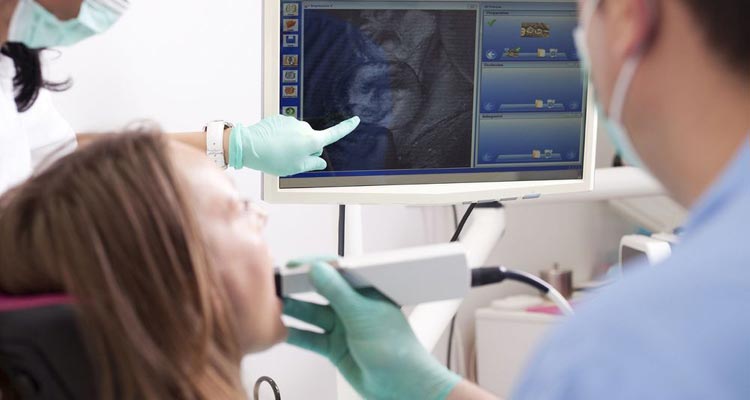Why You Should Be Happy for Modern Dentistry
While sitting in a dentist chair may be the last thing you feel like doing, it’s worth mentioning that it could be a whole lot worse. Your minor discomfort with root canals, fillings, and other procedures, is a mere pinprick to what dental care used to be like. We’ve included a few examples below.
Fillings
In Tuscany, a pair of 13,000-year-old incisors were found which showed signs of dental work. Each tooth had a hole in the centre which meant a type of filling had featured within it. While nowadays you would receive an anesthetic to remove damaged or infected teeth pulp, the owner of those two teeth would have had the pulp scraped out with a sharpened rock or similar utensil and no pain relief.
But the process itself is not the most concerning part, but the filling materials itself. Found in the holes of the tooth were vegetable fibres, hair, and bitumen – used to resurface roads. It’s clear to see dentists have come a long way in their approach to fillings.
No Anesthetic
During the most straightforward procedures like fillings, dentists offer anesthetics to make sure the patient is as comfortable as possible. After all, we strive for a pain-free experience. However, it wasn’t always like this. If you were to get a filling or your tooth extracted, you would have to grin and bear it. As a result, many people waited for their teeth fall out opposed to going through that pain.
However, during the 19th century, and even the middle ages, it was known that tooth extraction could alleviate pain and discomfort someone was experiencing. But, there was no dentist profession, so no dentists. If you wanted your teeth to be extracted, you would go and see your barber or in some cases, your doctor.
The most common utensil was known as a dental pelican, shaped like a pelican’s beak, which had been around since the 14th century. By the 18th century, a dental key had replaced the dental pelican, before modern forceps came onto the scene in the 19th century.
Greek Dentistry
When archaeologists were researching mummies, they came across a young man in his 20s who had died long before he reached his prime. Through examinations, the archaeologists determined that he had died from a simple sinus infection. The underlying cause, however, was the many cavities and abscesses featuring in his mouth.
To relieve pain in his mouth, they had stuffed cloth into his teeth to stop food getting into the holes, but without modern medicine, correct dental techniques and oral hygiene, both the man and his “dentist” were not able to get on top of the growing problem. Rather than extract his teeth, the man suffered through the pain which would ultimately end in his demise.
Now, such problems don’t occur. We have access to high-quality dentists using top-of-the-line dental equipment and can take care of regular cleaning and upkeep as well. What’s more, brushing and flossing twice per day has meant that such an extreme case is a rarity.
While some people might not like the thought of going to the dentist, it’s important to understand how far dental techniques have come. The next time you hop into that padded dentist chair, spare a thought for the man with road-surfacing bitumen in his teeth.


